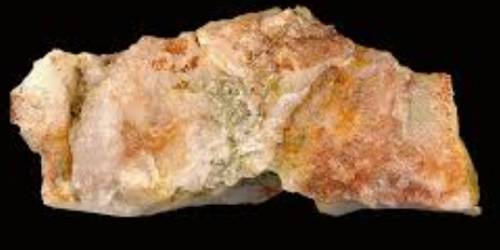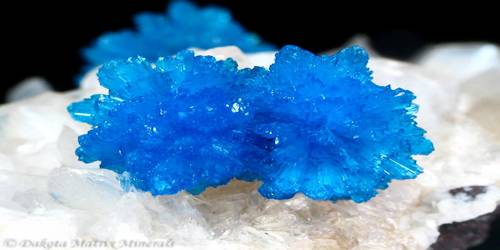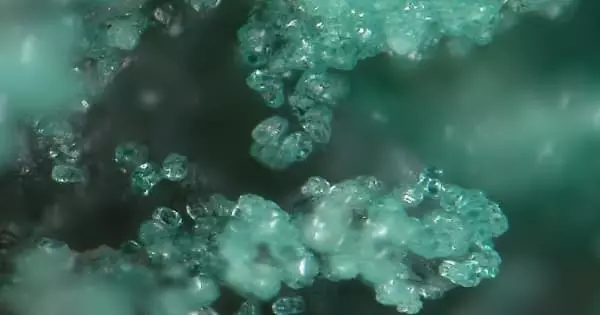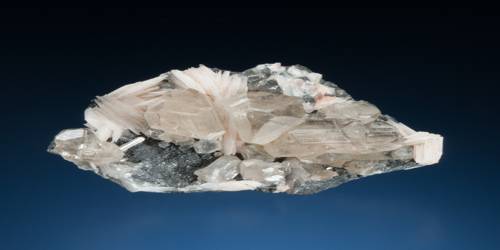Bismite is a bismuth oxide mineral, bismuth trioxide or Bi2O3. The mineral was named after the presence of bismuth in its composition. It is a monoclinic mineral, but the typical form of occurrence is massive and clay-like with no macroscopic crystals. The color varies from green to yellow. It has a Mohs hardness of 4 to 5 and a specific gravity of 8.5 to 9.5, quite high for a nonmetallic mineral.
Bismite is a secondary oxidation zone mineral which forms from primary bismuth minerals. It was first described from Goldfield, Nevada in 1868, and later from the Schneeberg District, Ore Mountains, Saxony, Germany.
General Information
- Category: Oxide minerals
- Formula: Bi2O3
- Crystal system: Monoclinic
- Crystal class: Prismatic (2/m) (same H-M symbol).
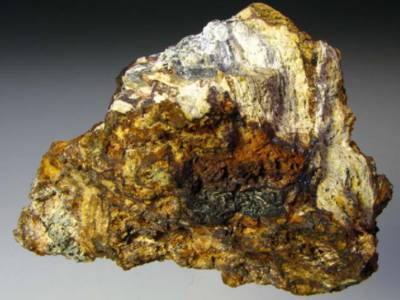
Properties
Bismite is a yellow, gray-green, or green-yellow mineral, having transparent to translucent appearance, light yellow streak, and adamantine luster. It can be formed as earthy, scaly, or pulverulent structures.
The average density of the mineral is 9 g/cm3, and its hardness ranges from 4 to 5.
- Lustre: Sub-Adamantine, Dull, Earthy
- Transparency: Opaque
- Colour: Greyish green, greenish yellow to bright yellow
- Streak: Grey to yellow
- Hardness: 4½ on Mohs scale
- Fracture: Uneven – Flat surfaces (not cleavage) fractured in an uneven pattern.
- Density: 8.64 – 9.22 g/cm3 (Measured) and 10.4 g/cm3 (Calculated)
Occurrence
Bismite occurs as an oxidation product of bismuth. It is an oxidation product of bismuth. It is closely associated with cassiterite, bismutite, and bismuth.
Information Source:
